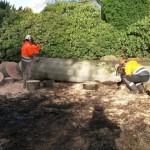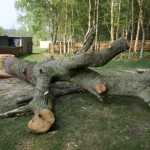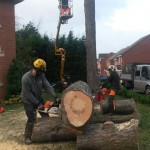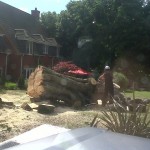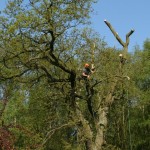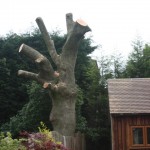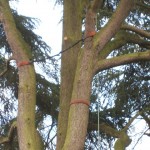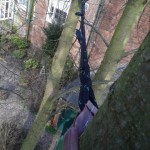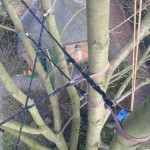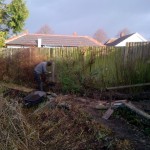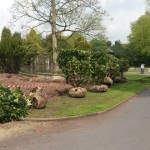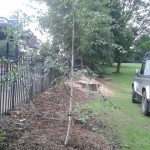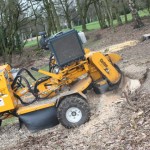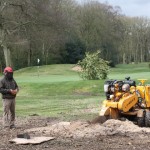Acme offers a full and comprehensive range of tree surgery services to meet all your tree and hedge care requirements which are all carried out to BS 3998: 2010 Recommendations for Tree Work.
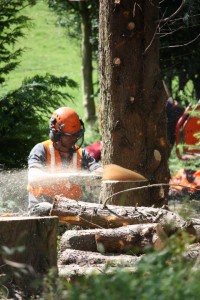 Tree Removal
Tree Removal
Some trees, if the location is suitable, can be straight felled to then be cut into pieces on the ground for removal off-site, or left in manageable pieces if the client prefers to keep the wood.
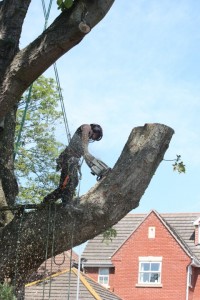 Sectional Felling
Sectional Felling
This method is used when there is limited space and therefore the tree is dismantled piece by piece using best industry practices with each individual sections being safely lowered to the ground using rigging equipment.
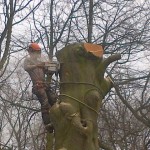
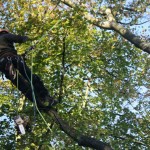 Crown Thinning
Crown Thinning
Often people are concerned about restricted light due to a tree and will automatically assume a height reduction is required. This can be detrimental to many trees and will often put the tree into survival mode which results in a bigger and denser canopy. We often recommend a crown thin which consists of removing the dead and selected branches to thin within the canopy. This does not reduce the overall size or shape of the tree but will result in being more wind resistant and allows more light to get through making the tree more aesthetically pleasing.
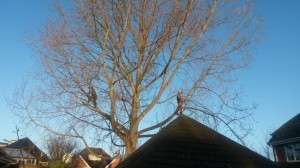
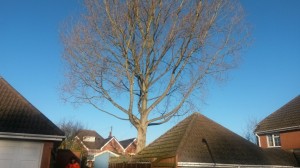 Crown Lifting
Crown Lifting
This technique is used to remove the lower branches from a tree to gain more clearance underneath.
Crown 
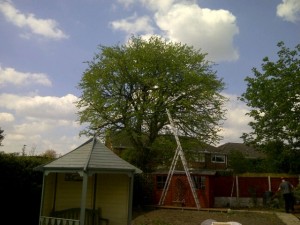 Reduction/Reshape
Reduction/Reshape
This is where the canopy, either all or partial, can be reduced. This is usually carried out to allow the tree to form a new natural canopy or to allow more light through.
Deadwood Removal
The removal of deadwood is required for the majority of trees to prevent falling branches. Even protected trees (TPO) should have deadwood removed – this is exempt from needing permission from the Local Authority however you must ensure that you use an Approved Contractor, usually listed on the Local Authorities Approved Contractors list. All work on protected trees must be carried out to British Standards BS3998: 2010 Recommendations For Tree Work.
Formative Pruning & Reshaping
We carry out all pruning and reshaping of trees to keep them tidy and looking good.
For more information visit: https://www.trees.org.uk/Trees.org.uk/media/Trees-org.uk/Documents/GuideToPruning-Web.pdf
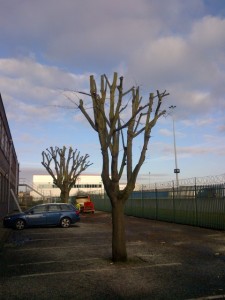
Pollarding
This is a traditional method that is not commonly used today, although there are some circumstances where it may be required but only on one of the few species that can withstand this severe procedure.
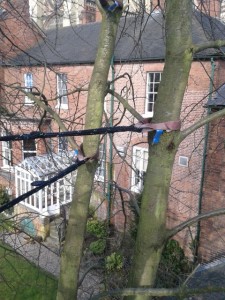 Cable Bracing
Cable Bracing
This is usually used on mature protected and veteran trees and is required to give additional branch support to prolong the trees life as much as is practicable. We use bracing that is non-invasive to the tree and gives a more natural support.
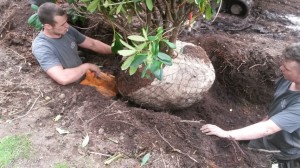 Planting
Planting
We offer a tree planting service and, if required, implement the maintenance which is essential in the first growing season.
 Stump Grinding
Stump Grinding
Some clients like to keep the stumps to use as habitats, bird feeding platforms etc, but quite often people prefer the stump to be removed so it can be turfed or used as a flower bed. We use our stump grinder to grind down below the surface and then back-fill the hole with its resulting debris.



